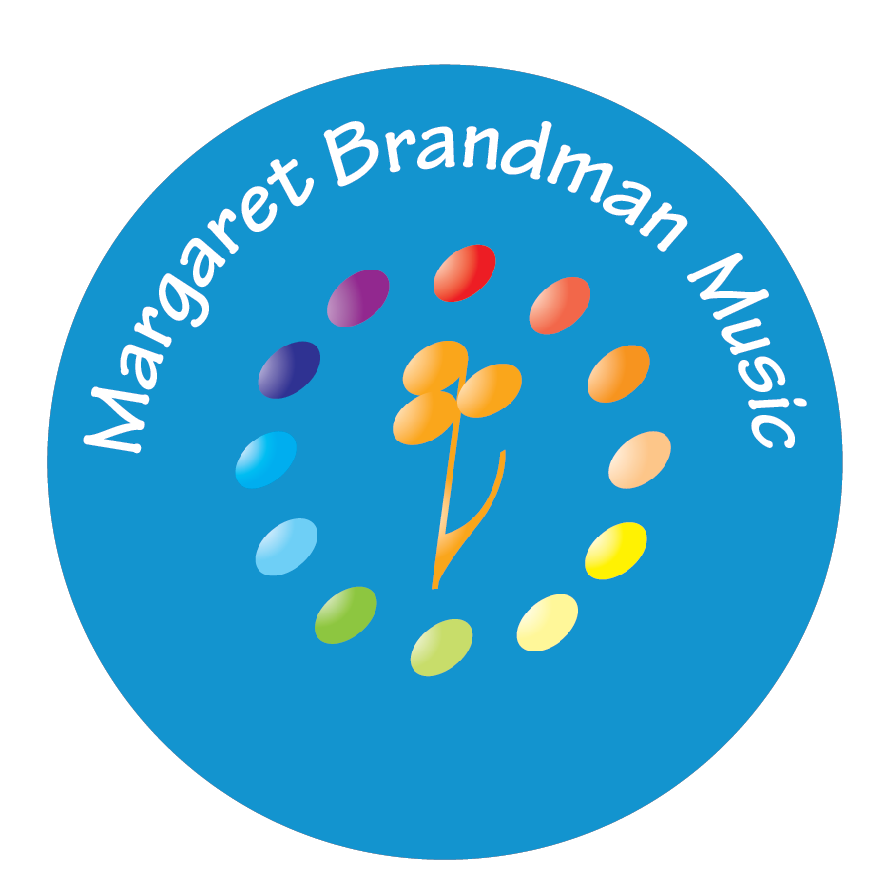Margaret Brandman’s music teaching books and accompanying aural courses, begin with a simplified interval approach, using terminology connected to physical actions for instance – Step, Skip or Jump. The interval approach helps to connect the aural, visual and tactile aspects of music. The approach allows the performer to read the flow of the music, while judging the interval distances in the hand and listening to the sounds being played. Students are encouraged to sing the pitchesusing this easy language both prior to playing, and as they play, which consolidates the understanding of both the notation and aural aspect of the music. Colour-coding is used throughout the method to aid the understanding of many topics.
In the Contemporary Piano Method, the music presented for study moves away from the centre of the instrument very quickly using the C’s as signpost notes, so that students see the ‘Gestalt’ view of the instrument and understand spatial concepts on the Grand Staff. The method moves on fairly swiftly to larger intervals, changes of area, transposition and playing in all twelve major keys as the groundwork for all future key, scale and chord work on the keyboard. Keyboard scales are presented as Pictorial Patterns to teach students keyboard topography.
This holistic approach flows through the entire method, blending ear-training through the use of the Contemporary Aural Course – Audio and book sets, with written work in the related theory texts: Contemporary Theory Workbook series and the Contemporary Chord Workbook series. The advancing levels of the method present classical and modern techniques, drawing parallels between the common threads of classical and modern music (popular, jazz and contemporary), along with both original compositions and standard repertoire for performance. Areas covered include music speed-reading techniques in the written key, transposed or in C clef, plus improvisation techniques and both jazz harmony and figured harmony at the keyboard.
The aim is to offer the student professional music making skills in an easy fashion, beginning early, so these skills may be incorporated in a very gradual way, rather than being thought of as tertiary study material. Then in time, students can choose the musical direction that suits them best: performing, composing, arranging, recording, teaching in classical, jazz or pop genres.
